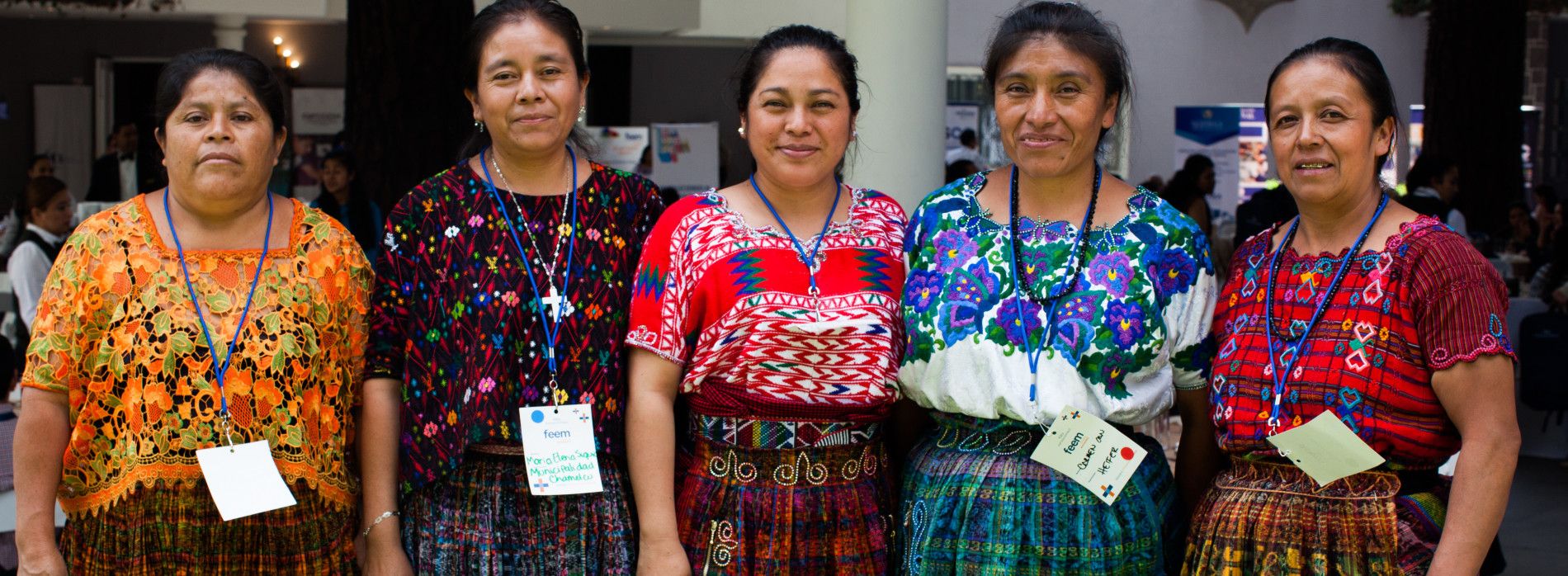
The Project will improve the living conditions of indigenous men and women between the ages of 15 and 35 years, so that they can increase their income and improve their capabilities as well as improving the current conditions for autonomous decision-making; gaining access to professional technical education and market insertion opportunities; it will also the promote sustainable entrepreneurship and financial inclusion, as well as the empowerment of women.The department of Alta Verapaz is located in the north of the Republic of Guatemala. It has a total population of 1.3 million people, 50% are women and 50% men; the population is mainly indigenous (94%) and most of them belong to the Q'eqchí and Pocomchí ethnic groups; likewise, 77% reside mainly in the rural area and only 23% of the population lives in urban areas (INE, 2016).
The department of Alta Verapaz has the highest indicator of extreme poverty at 53.6% and total poverty level of 83.1%. Instead of improving, as of 2014 (ENCOVI 2016) poverty has increased by 4.3%, making it the poorest department nationwide. When talking about the Multidimensional Poverty Index (MPI), Alta Verapaz has the highest index in the country, at 0.529, meaning it has the least access to health, education and minimum quality of life conditions such as housing, electricity, sanitation, drinking water and other necessities.
On the subject of reproductive sexual health, the data is alarming:
According to the reflected indicators of the MSPAS (INE, SEGEPLAN, 2017), the fertility rate is 2.8 children per woman, maternity in adolescents (15 to 19 years) is 7% and there is total of 11,605 cases of young mothers from ages 10 to 19.
The project will intervene in 12 municipalities in 3 key areas of the department of Alta Verapaz and in four sectors That have the greatest economic potential: The sectors of forestry, tourism, construction and environmental services.
